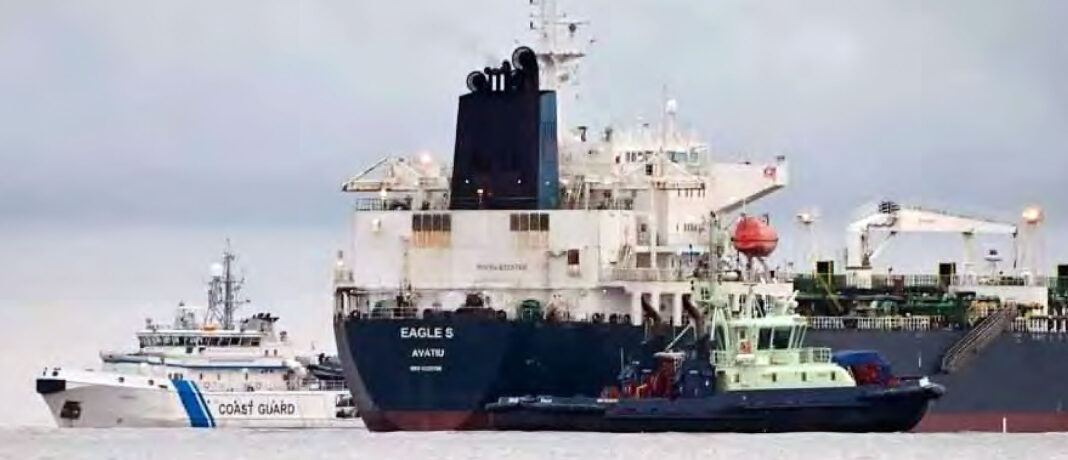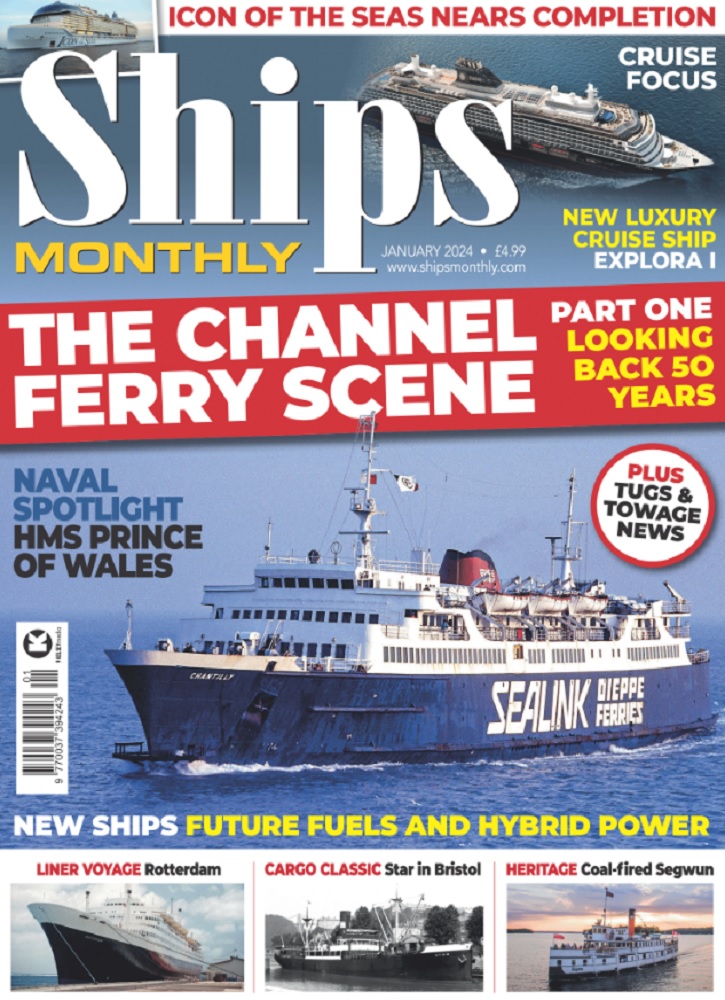In early January Finland began a so-called port state control inspection of the detained Eagle S tanker that’s being held after undersea cable ruptures the week previously, seeking to probe if the vessel meets international safety norms.
Finnish authorities have mapped a nearly 100 km trail on the seabed caused by the anchor and chain of the Russian tanker Eagle S. The trail ends where the vessel was intercepted by the Finnish Coast Guard. A technical investigation and crew interrogations are under way.
A subsea power link and four data cables were damaged 25 December after Eagle S sailed over them on the Gulf of Finland. Authorities have found drag marks likely left by its anchor over a distance of ‘dozens of kilometres’ on the bottom of the sea, and identified the ship as the culprit.
The vessel, sailing under the Cook Islands flag, has been identified as member of the shadow fleet transporting Russian petroleum products, and is now detained at a port in southern Finland. It’s under investigation for aggravated criminal mischief and aggravated interference of communications.
The vessel is likely Russian-owned, linked to a fleet of 25 ships exposed by the Financial Times in October 2024, controlled by Russia’s Lukoil through shell companies. Eagle S and Swiftsea Rider are part of a fleet of 26 Russia-linked tankers with opaque ownership, managed by three shipmanagers, including two sanctioned by the UK government 12 months ago.
Eagle S was recently removed from the UniOcean Marine’s website. A travel ban was imposed on seven members of the ship’s crew after they were identified as suspects in the criminal probe by the National Bureau of Investigation.
It’s the third incident in just over a year in which a ship anchor has ruptured underwater infrastructure in the Baltic Sea, and Finnish President Alexander Stubb has said such frequency means the events ‘cannot all be a coincidence or an accident’.


